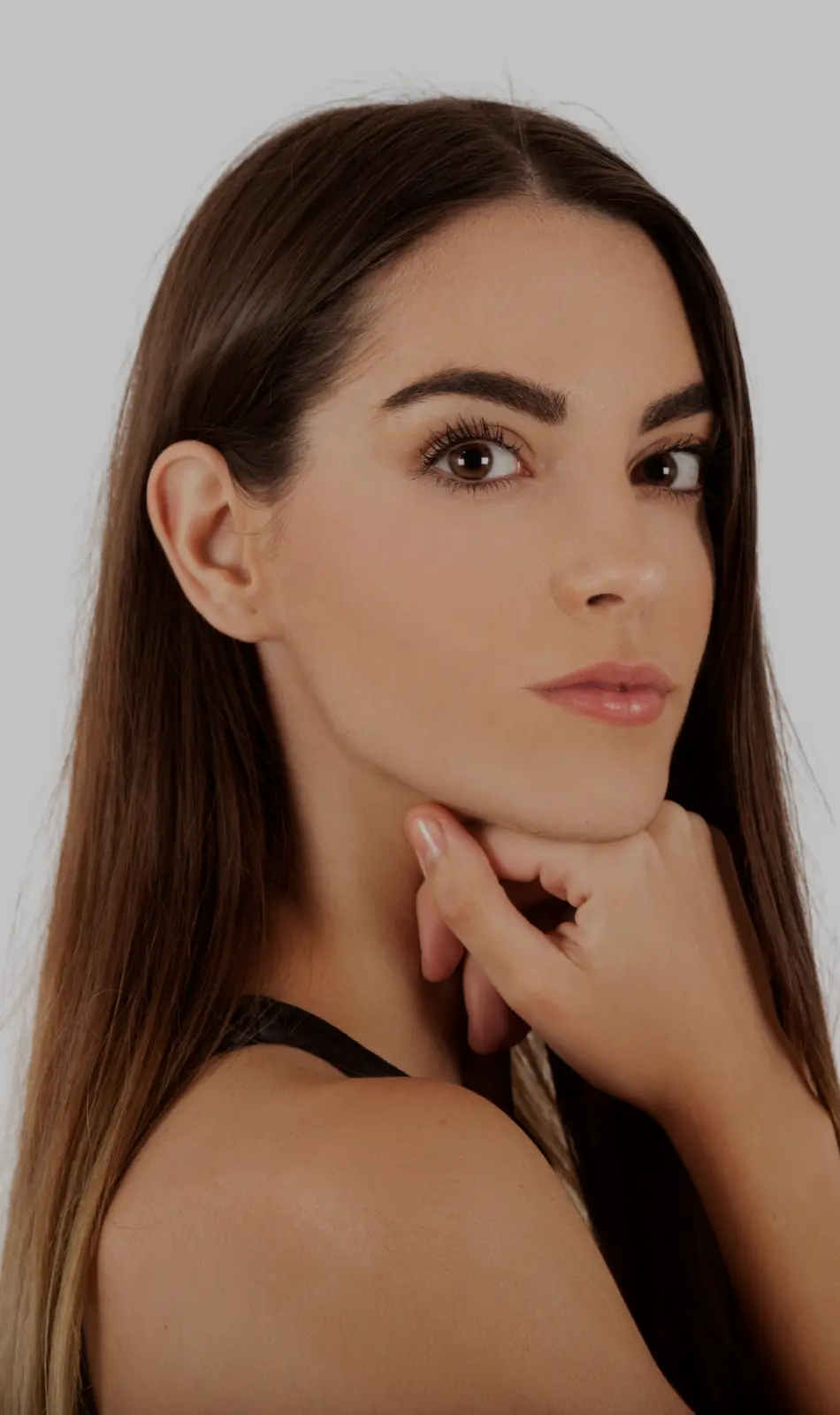As a physician, I often use hyaluronic acid (HA) fillers to help address volume loss and wrinkles associated with skin aging. HA is a naturally occurring substance in our skin, which makes HA-derived fillers an excellent choice for facial rejuvenation with a low risk of allergic reactions and long-lasting results. In the rare event of adverse events, the HA product can be easily reversed with an injection of hyaluronidase, making it a safe choice for my patients.
With numerous HA dermal filler products available on the market, it’s important to have a basic understanding of their physico-chemical characteristics and rheological properties. Factors such as degree of cross-linking, HA concentration, swelling factor, and G′ are highly relevant clinically and can influence the outcome of a procedure. As a responsible injector, I always ensure that I have a solid understanding of these concepts to select the most appropriate filler for each patient.
Proper knowledge of vascular anatomy and injection technique is also crucial in reducing the risk of adverse events. As a clinician, I take the time to carefully assess each patient’s unique anatomy before injecting any fillers to avoid complications such as vascular occlusion. In the rare event that vascular occlusion occurs, hyaluronidase needs to be injected immediately, typically in the range of a hundred units or more, and repeat injections may be necessary.
In conclusion, as a physician, I place a great emphasis on understanding the science behind hyaluronic acid dermal fillers. By staying up to date with the latest research and best practices, I can provide my patients with safe and effective treatment options that yield natural-looking results.









